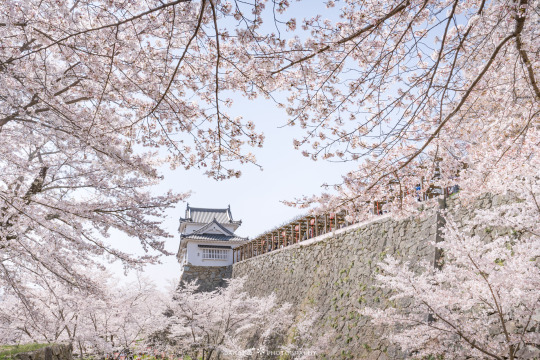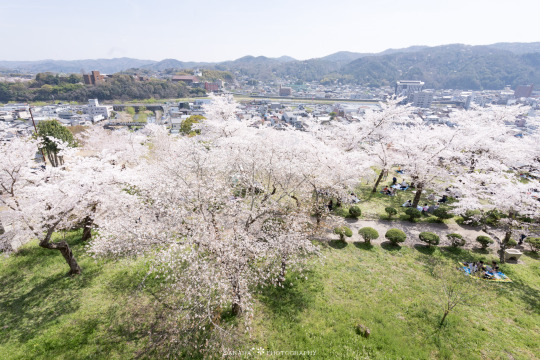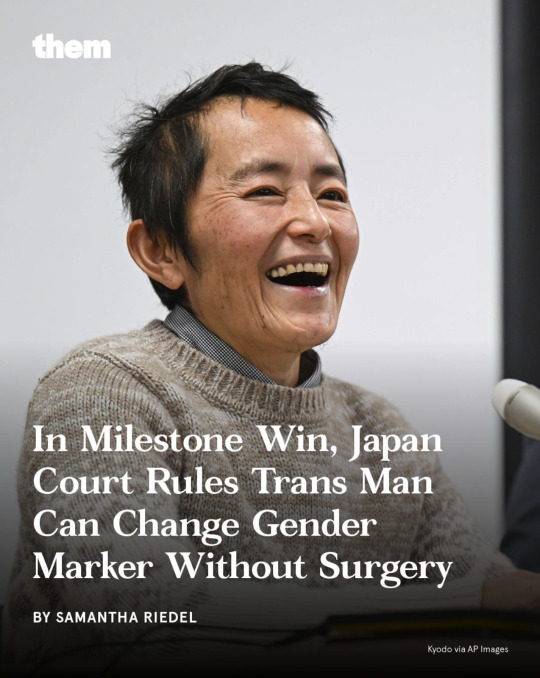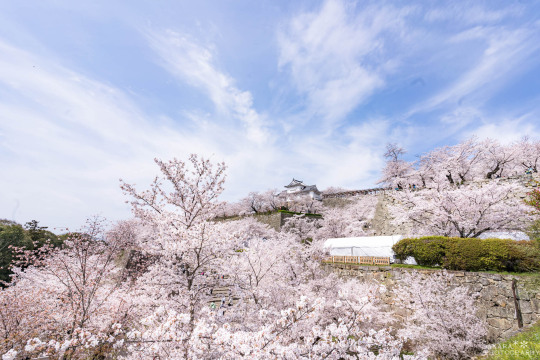#tsuyama
Photo




鶴山公園(津山城址址)
やっぱりここが一番よ。
Kakuzan-park Tsuyama castle
363 notes
·
View notes
Text

Someone on Twitter said their coworker called that scene ‘filler and doesn’t add to the plot’ and I got upset
#anime#hq yamaguchi#hq!!#hq!! anime#hq!! manga#haikyuu yamaguchi#haikyuu manga#haikyuu anime#yamayachi#yamaguchi tadashi#tsuyama#tsukishima kei#haikyuu kageyama#haikyuu shoyo#haikyuu!!
74 notes
·
View notes
Photo

“ 津山城 “ // 𝚈𝚞𝚞𝚗𝚊
#津山城#津山城跡鶴山公園#Tsuyama Castle#Tsuyama Castle Ruins#Okayama Prefecture#Japan#spring#Sakura#cherry blossom#Sunset#explore#follow#discover
297 notes
·
View notes
Text

Merit Aikyuu God
#Merit Aikyuu God#Merit Egyptian God#Sakai Yukari#Tsuyama Fuyu#manga#shoujo#shoujo manga#romance manga#manga romance#shoujo romance#manga cap#shoujo cap#supernatural manga#manga girl
26 notes
·
View notes
Text

Artist - 大木英夫・津山洋子 (Ohki, Hideo & Tsuyama, Yoko)
Song - 雨の新宿 (Ame No Shinjuku) [Eng. "Shinjuku In The Rain"]
Release Date - December 1968
Listen 🎶
My blog: Showa Music Library
https://nobbykun.tumblr.com/
3 notes
·
View notes
Video
youtube
Hirofumi Murasaki - Misumi Kosaka, Tomoko Tsuyama (Vocals) - Clockwork Knight 2 - Pretty Please Boogie
#hirofumi murasaki#misumi kosaka#tomoko tsuyama#clockwork knight#clockwork knight 2#jazz#sega#sega saturn#90s
8 notes
·
View notes
Text





























synfilums Exhibition 2024
菊地慎 当真伊都子 作品展
津と山と ReBorn:ReBirth
フイルムで撮影していた写真を現像しました。
2024/5/25 (土) - 2024/6/2 (日)
会場: PORT ART&DESIGN TSUYAMA
ご協力・ご来場いただいた皆様、本当にありがとうございました。
0 notes
Text

Japan Court Rules Trans Man Can Change Gender Marker Without Surgery
Them reports:
A Japanese court this week approved a transgender man’s legal gender change without first requiring sterilization, marking a major step forward for trans rights in the country.
Takakito Usui, 50, won recognition of his gender before the Okayama Family Court’s Tsuyama branch on Wednesday. “I want to thank my family. I feel a new life is beginning,” Usui, a farmer living in the rural Yamagata Prefecture, said at a press conference on Wednesday following the ruling.
Usui previously petitioned to change his legal gender in 2016, the paper noted, but was rejected because he had not been medically sterilized, as was then required under Japanese law. In October, Japan’s Supreme Court struck down the 2003 statute requiring trans people to be sterilized before obtaining legal recognition.
More here!
26K notes
·
View notes
Video
Tsuyama Castle by hirorin 2013
0 notes
Text

津山鶴山公園
今年は本当に素晴らしかったです。
70 notes
·
View notes
Text
#Pink vending machine#Tsuyama wagyu beef#Vacuum-sealed frozen packs#Morioka meat shop#Okayama Prefecture#Kita Ward#Affordable prices#Dried meat#Cattle farmers#Sixth sector industrialization#japan#innovation#customer demand
1 note
·
View note
Text

Merit Aikyuu God
#Merit Aikyuu God#Merit Egyptian God#Sakai Yukari#Tsuyama Fuyu#manga#shoujo manga#romance manga#manga romance#shoujo romance#manga cap#shoujo cap#supernatural manga#shoujo#manga kiss#shoujo kiss
24 notes
·
View notes
Text





道の駅 久米の里 Michinoeki Kume-no-sato
岡山県津山市 Tsuyama-shi, Okayama, Japan
2024/03
44 notes
·
View notes
Text
Japanese Monkey God
User @red-lights-burning asked if there was a connection between Sun Wukong and the monkey gods of Japan. They provided lovely info, which was split between two asks, but I decided to put everything together into a single post.
@red-lights-burning asked:
Japan has their own monkey protector named Masaru AKA Sannō Gongen, who was created back in the early 9th century by Tendai Buddhist sect founder Saichō shortly after he returned from China. So it makes me think if Monkey King was already a thing in the 800’s and if he was one of the inspirations for Masaru.
A description from onmarkproductions (a really great site for anyone curious about Japanese Buddhism and Shintō)
MASARU 神猿
Literally “Kami Monkey.” Masaru is the sacred monkey and protector of the Hie Shrine (aka Hie Jinja 日吉神社, Hiyoshi Taisha 日吉大社). The term “Masura” is often translated as “excel,” reflecting the belief that this sacred monkey can overcome all obstacles and prevail against all evil. Masaru is thus considered a demon queller par excellence (魔が去る・何よりも勝る). In the Heian era, Masaru (also translated “Great Monkey”) was invoked in Kōshin rituals to stop the three worms from escaping the body. Masaru also appears in Japanese scrolls used in Koushin rites.
Here’s a couple other descriptions
SANNŌ GONGEN 山王 権現 SARUGAMI 猿神 Fertility, Childbirth & Marriage
Monkeys are patrons of harmonious marriage and safe childbirth at some of the 3,800 Hie Jinja shrines in Japan. These shrines are often dedicated to Sannō Gongen 山王権現 (lit. = mountain king avatar), who is a monkey. Sannō is the central deity of Japan’s Tendai Shinto-Buddhist multiplex on Mt. Hiei (Shiga Prefecture, near Kyoto). The monkey is Sannou’s Shinto messenger (tsukai 使い) and Buddhist avatar (gongen 権現).
The monkey messenger is also known as Sarugami (猿神; literally “monkey kami”). Sarugami is the Shinto deity to whom the three monkeys (hear, speak, see no evil) are reportedly faithful. The monkey shrine at Nakayama Shrine 中山神社 in Tsuyama City, Okayama Prefecture, is dedicated to a red monkey named Sarugami, who blesses couples with children. According to shrine legends, the local people at one time offered human sacrifices (using females) to this deity. The shrine is mentioned in the Konjaku Monogatari-shu (今昔物語集), a collection of over 1000 tales from India, China, and Japan written during the late Heian Period (794-1192 AD). Sarugami, like Sannou Gongen, is also worshipped as the deity of easy delivery and child rearing. At such shrines, statues of the monkey deity are often decked in red bibs -- a color closely associated with fertility, children, and protection against evil forces and diseases like smallpox.
My answer:
I've read only a little bit about Japanese monkey gods. I previously referenced Sarugami in my article about the possible shamanic origins of primate-based boxing in China. Part of footnote #14 reads:
In Japan, monkeys were also associated with horses and healing via the warding of evil. Apart from monkeys being kept in stables like their Chinese counterparts, their fur was applied to the harnesses and quivers of Samurai because the warriors believed it gave them more control over their mounts. Furthermore, monkey body parts have been consumed for centuries as curative medicines, and their hides have even been stuffed to make protective amulets (kukurizaru) to ward off illness. Likewise, a genre of painting depicts divine monkeys (saru gami), messengers of the mountain deity, performing Da Nuo-like dances to ensure a good rice harvest (Ohnuki-Tierney, 1987, pp. 43-50)
The aforementioned article suggests a connection between monkeys and the Shang-Zhou Da Nuo (大儺 / 難; Jp:��Tsuina, 追儺) ritual, an ancient, war-like, shamanic animal dance designed to drive away demonic illness and influences. The pertinent section reads:
It’s possible that the “twelve animals” of the Da Nuo exorcism refer to some precursor of the Chinese zodiacal animals (rat, ox, tiger, rabbit, dragon, snake, horse, goat, monkey, rooster, dog, and pig). If true, monkey fur could have been among the animal products worn by the ritual army. After all, monkeys have long been associated with curing illness and expelling evil in East Asia. [14] A modern example of exorcists who don monkey fur are the shamans of the Qiang ethnic group of Sichuan. The Qiang worship monkeys as the source and savior of their sacred knowledge, as well as the progenitor of their people, the latter being a myth cycle common among ethnic groups of Tibet and southwestern China.
This is the only relevant info that comes to mind. But based on what I know, I would guess that Sun Wukong and the monkey gods of Japan draw upon the same cultural sources. I hope this helps.
Source:
Ohnuki-Tierney, E. (1987). The Monkey as Mirror: Symbolic Transformations in Japanese History and Ritual. Princeton: Princeton University Press.
#asks#Sun Wukong#Monkey King#Journey to the West#JTTW#Japanese Buddhism#Shinto#Buddhism#monkey god#shamanism#Lego Monkie Kid#LMK
75 notes
·
View notes
Text





















episode 11 part three!!! was there any reason for me to take so long to upload this part? no not really i just got lazy lol sorry about that. but there's only one episode left after this and then i'll have taken screenshots from every episode of this anime!!!
What are my thoughts on this episode? Honestly I think it's a great one. There's plenty of things to enjoy from the goofy delinquent guy antics, Sakurai and Marukawa's attempts to pick up women (can I just say that their suits look so god damn cool like wtfff???? so fuckin stylish omg), to the romance between Eguchi and Tsuyama (even though Tsuyama had to suffer and cry so much it was at least worth it in the end :P), to getting to see all of the Shobaku gang butt booty ass naked!!!!!!!! I didn't take any pics of that because uh it would probably just be weird to do that lol, but trust me it's engraved in my mind for the rest of my life and I say that with only a little bit of shame! The fact that we see more naked men in this show than naked women is quite the rare thing in a show about delinquents but tbh I am absolutely here for it lmao.
I just want to say again thank you so much for all the support that I've got on these posts, it really means a lot to me! And sorry again for taking such a long break for no reason. Hopefully I'll get some pics of the last episode up soon! Until then!!
#retro anime#shobaku#shounan bakusouzoku#90s anime#anime gif#old anime#vintage anime#湘南爆走族#anime aesthetic#bancho#delinquent
13 notes
·
View notes
Video
Tsuyama Castle by hirorin 2013
0 notes

